
There were skeptics who thought that I would never be able to make a living as an art therapist. They thought art therapy wasn’t a viable profession. However, I stuck to art, insisted that I could make a living, and have done well supporting myself in this profession.
1. What led you to the mission of being and art therapist?
I always loved art and had been doing art since I was a little kid. I really wanted to go to art school, but instead went to college and  studied psychology. I really didn’t know what art therapy was until my senior year at college. I was getting ready to graduate. Art therapy seemed like the perfect integration of my interests in people, and helping, and still being able to maintain my connections with art and the creative process.
studied psychology. I really didn’t know what art therapy was until my senior year at college. I was getting ready to graduate. Art therapy seemed like the perfect integration of my interests in people, and helping, and still being able to maintain my connections with art and the creative process.
I wasn’t going to be supported if I went to art school, so I studied psychology. Later I went on to graduate school and studied art therapy. I had to take out student loans. There were skeptics who thought that I would never be able to make a living as an art therapist. They thought art therapy wasn’t a viable profession. At the time there was an idea that you could never make a living as an 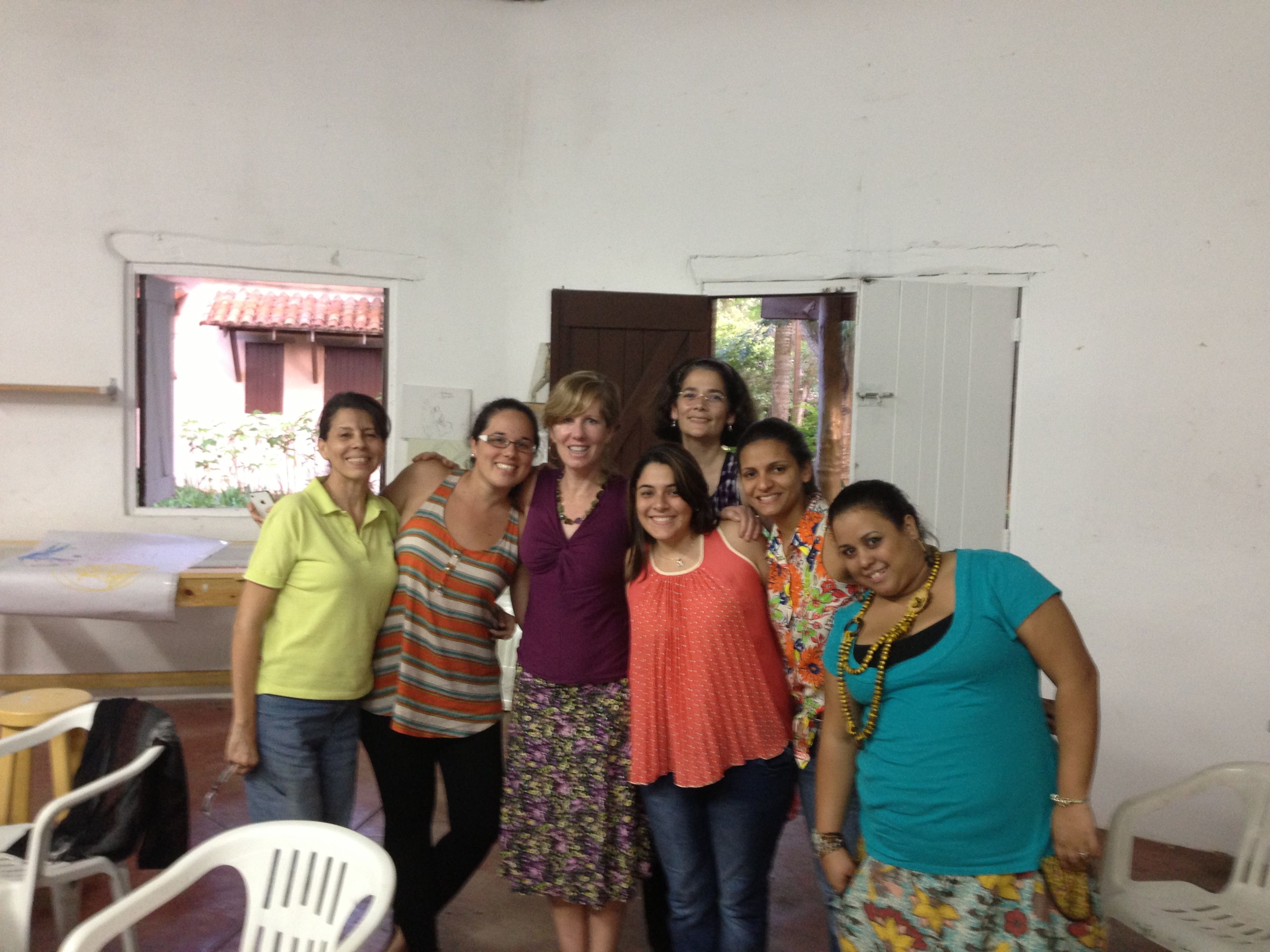 artist. However, I stuck to art, insisted that I could make a living, and have done well supporting myself in this profession.
artist. However, I stuck to art, insisted that I could make a living, and have done well supporting myself in this profession.
I had to go to graduate school for art therapy, so I went to Pratt, a fifty six credit program. Afterwards I got my art therapy registration. That’s one thousand hours of clinical supervision postgraduate school. I am also board certified. I took an exam to become an ATR-BC (Board Certified Art Therapist). In New York I was able to get licensure to be a creative art therapist, LCAT (Licensed Creative Art Therapist) as well as the LMHC credential (Licensed Mental Health Counselor). (The picture is of Lisa Myers and students in the Dominican Republic where this past January, Lisa taught a class for the art therapy certificate program at the Altos Dec Chavron School of Design.)
2. What does this mission mean to you?
I feel very fulfilled and very good about the work that I do. Being an art therapist gives me meaning. It means that I have fulfilled the expectations I had for myself in life — that I would find meaning. This was a struggle I had. Now I have a meaning for life. I have value and I can make a difference.
3. What was your best day as an art therapist?
I’ve had a lot of good days. One of the best was when I was the president of the Vermont Art Therapy Association. 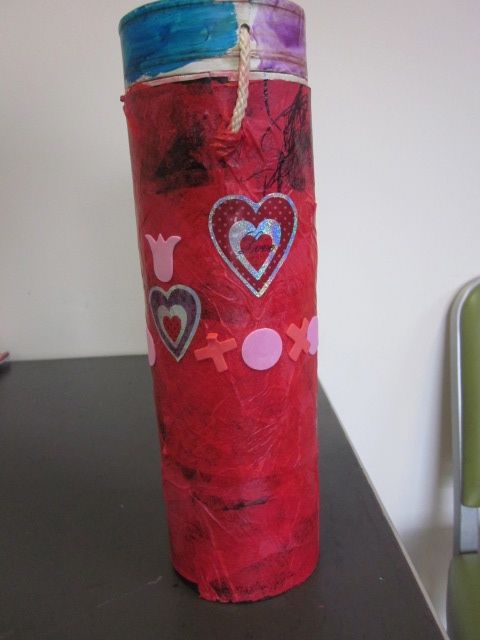 Every two years we host an art show. We just did it this past May during Mental Health Awareness Month. During a past M. H. Awareness Month, I took four of my client’s work and displayed their art at the show. They were from very tough backgrounds and I brought them up to the show. They got to go to the reception. They got to see their artwork up. As we were leaving, one of them told me that it was the best day of her life. That was a really great day — to be able to offer her that opportunity!
Every two years we host an art show. We just did it this past May during Mental Health Awareness Month. During a past M. H. Awareness Month, I took four of my client’s work and displayed their art at the show. They were from very tough backgrounds and I brought them up to the show. They got to go to the reception. They got to see their artwork up. As we were leaving, one of them told me that it was the best day of her life. That was a really great day — to be able to offer her that opportunity!
4. What was your worst day as an art therapist?
I can think of three examples. I was in a job doing “on call” crisis counseling. As an art therapist you have to take a variety of jobs. In my capacity as a therapist, I could utilize the art therapy process and do art therapy. But I also had to do crisis coverage. There is no art therapy going on in a crisis.
One night I had to go out and evaluate three people. I was out all night long. As an art therapist, this is how I did not envision my future: in the hospital evaluating people, and determining if they needed to go to the psych hospital or not. It was part of the territory of understanding that sometimes you have to take on roles that you don’t necessarily see yourself being in.
out all night long. As an art therapist, this is how I did not envision my future: in the hospital evaluating people, and determining if they needed to go to the psych hospital or not. It was part of the territory of understanding that sometimes you have to take on roles that you don’t necessarily see yourself being in.
Another time I was covering a crisis and a person called — in a crisis. A baby had swallowed an entire bottle of medicine belonging to the baby sitter. This teenage baby sitter needed a crisis appointment after realizing she had caused the death of a baby. That was awful.
Another worse day was when parents found out their 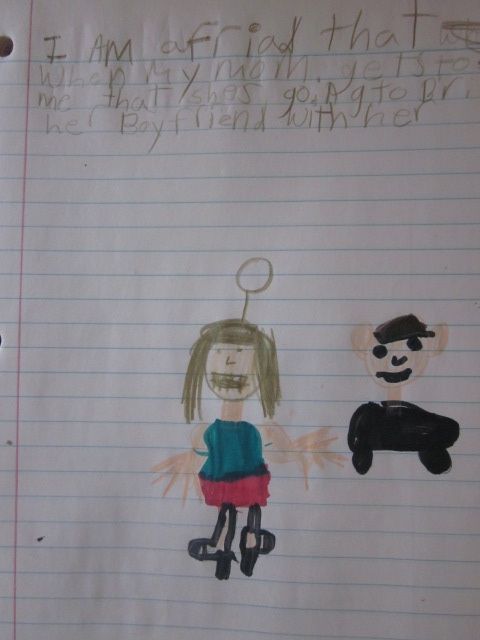 teenage boys were born with a neurological disorder that causes an early death. It also causes all these weird behavior problems. The sons were tested to see if they had the gene. If someone has the gene, it is a death sentence. I already knew one of the boys had it. Then one of the older boys was working in therapy and had to be tested. I got the test results. They were positive for the gene and I was going to have to tell his father that this other son had the gene.
teenage boys were born with a neurological disorder that causes an early death. It also causes all these weird behavior problems. The sons were tested to see if they had the gene. If someone has the gene, it is a death sentence. I already knew one of the boys had it. Then one of the older boys was working in therapy and had to be tested. I got the test results. They were positive for the gene and I was going to have to tell his father that this other son had the gene.
I don’t know which day was worse. The crisis work is tough. You never know what you are going to run into.
5. How did you survive your worst day?
The way I get through my worse days is by knowing that I will have the opportunity to do art and heal and transform. I utilize the creative process. I’ve always done it since I was a little kid. I can remember that my favorite present at Christmas was this big box of Crayola Crayons.
One of my favorite child memories was sitting under one of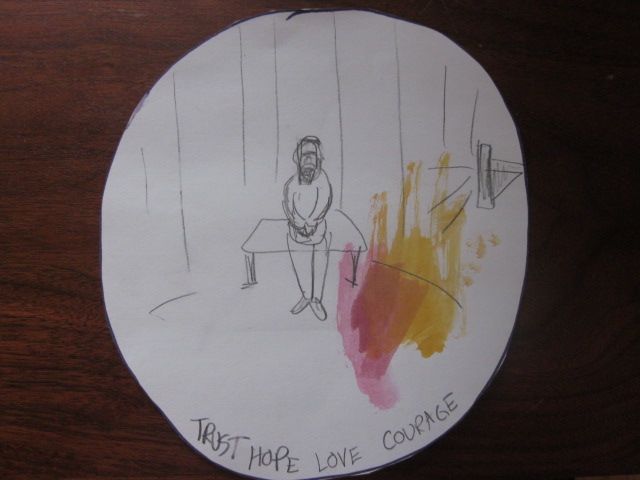 those old hairdryers. When you put it over your head, you couldn’t hear anything. I’d sit under that dryer and all I would do is draw. I also remember when I was in high school and I really, really started doing art a lot! I recognized then that it really helped me to manage all the tumultuous territory teenagers enter.
those old hairdryers. When you put it over your head, you couldn’t hear anything. I’d sit under that dryer and all I would do is draw. I also remember when I was in high school and I really, really started doing art a lot! I recognized then that it really helped me to manage all the tumultuous territory teenagers enter.
If there were a person searching for a purpose, I would tell them not to give up. I would tell them to keep searching and to allow themselves to be open and to have new experiences and get outside their comfort zone. Ultimately the search for their purpose and something that will give 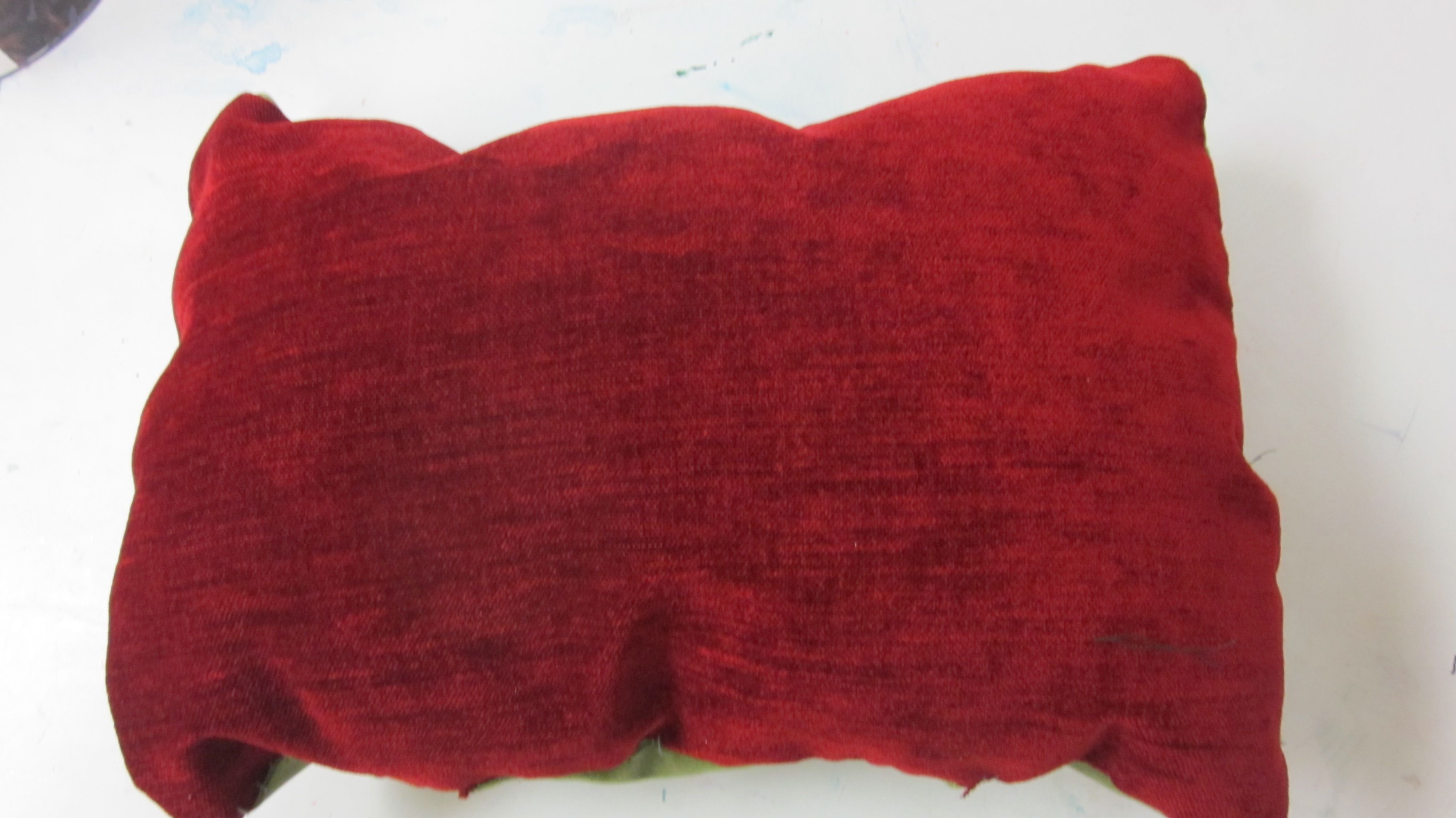 them meaning in life is going to pay off in the long run and they will be fulfilled and happy human beings.
them meaning in life is going to pay off in the long run and they will be fulfilled and happy human beings.
I was a very strong willed kid and I wasn’t going to give up on being an artist. What really helped me fulfill my goal was meeting adults that really believed in me. They were supportive of me in whatever I did. What is pretty important is finding adults or mentors that can support you with positive encouragement and feedback and direction. They help counteract the things that would keep you from finding your purpose. (This picture is a red “comfort pillow” sewn by a child whose parents are incarcerated.)
- « Previous person: Carol Thompson
- » Next person: Paige Blaker